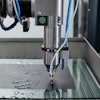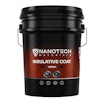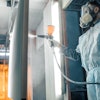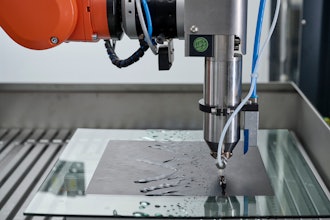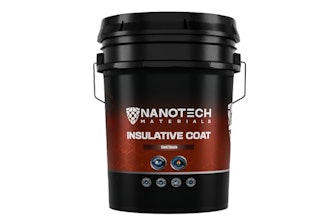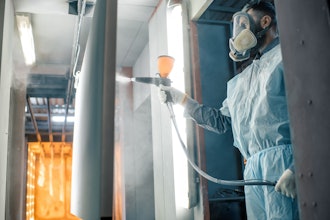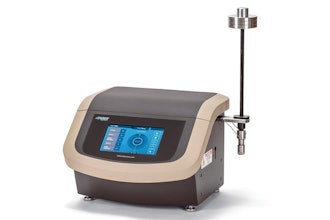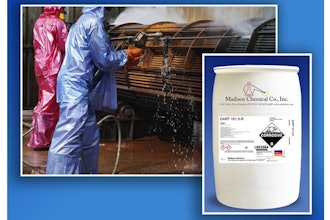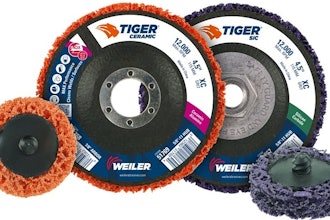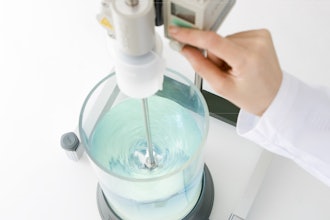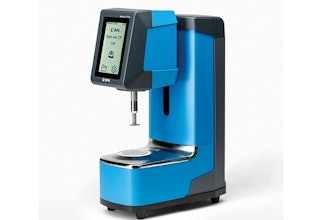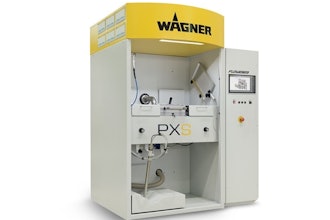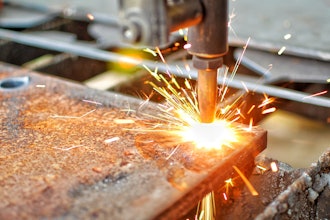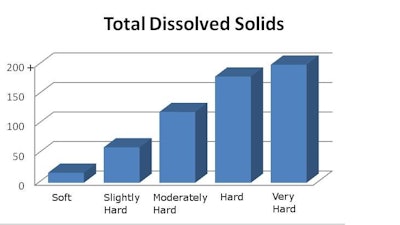
This is the first installment of a three-part series. Click here for parts two and three.
Although fairly obvious to most, it can never be understated that water plays an integral and critical role in the plating process. Understanding the types, use, advantages and limitations of water significantly contributes towards optimizing performance of the entire plating line, while improving efficiencies and part quality.
Specifically, there are three types of water: hard, soft and purified. Whether used in the rinse tank or process solution, each interacts with the plating process in different ways. In this first in a weekly series of three articles, we examine and offer guidance on the selection and use of hard water type.
Hard water is characterized by its mineral content. These minerals, typically Ca2+ (Calcium) and Mg2+ (Magnesium), can cause several issues when used in cleaner baths, rinse tanks and plating tanks.
Cleaner Baths
When used in cleaner baths, hard water can prevent saponification. Saponification is the process by which the cleaner reacts with the soil on the part surface and allows it to be pulled off into the cleaner solution. Therefore, it is clear why we would not want this cleaning process to be prevented. However, the cleaner softens the water, resulting in a reduced bath life. Furthermore, cleaner softening causes significant sludge formation at the bottom of the tank. This sludge is in addition to sludge formation commonly witnessed with emulsion type cleaners.
Rinse Tanks
Hard water will negatively affect the rinsing process in several ways. First, hard water has the highest amount of “stuff” contained within its makeup versus soft or purified water. This “stuff” is better defined as Total Dissolved Solids (TDS). Due to the amount of TDS, the hard water will be very limited in the amount of soil that it can rinse off the part’s surface. If it fails to rinse off the soil and other chemicals in their entirety, the remaining TDS and contaminants will be carried over into the next process tank, leading to issues down the line.
Plating Tanks
The degree to which hard water will impact the plating tank is dependent on cations (the minerals in the hard water). Most often roughness in the deposit, a dull overall deposit, lower anode efficiency and the possibility of sludge forming at the bottom of the plating tank are observed. Due to these potential issues, you should avoid hard water when making up a plating tank, as well as post-treatment tanks. Given that plating and post-treatment tanks are most often the last process sequences to “touch” the parts, both should be maintained as pristinely as possible.
Furthermore, high levels of reactive cations contained in hard water can cause sludge buildup in virtually all of the remaining tanks on the line, can lead to the formation of lime deposits in pipes and can negatively impact the appearance of the plating deposit. Therefore, it is highly recommended that you avoid hard water whenever possible.
Jake Fischer is an author for Asterion LLC, a surface technology company. Next week’s article will examine the use and selection of soft water when employed as part of the plating process. To obtain a copy of the complete white paper, “Water and the Plating Process,” please contact [email protected] or click here.


